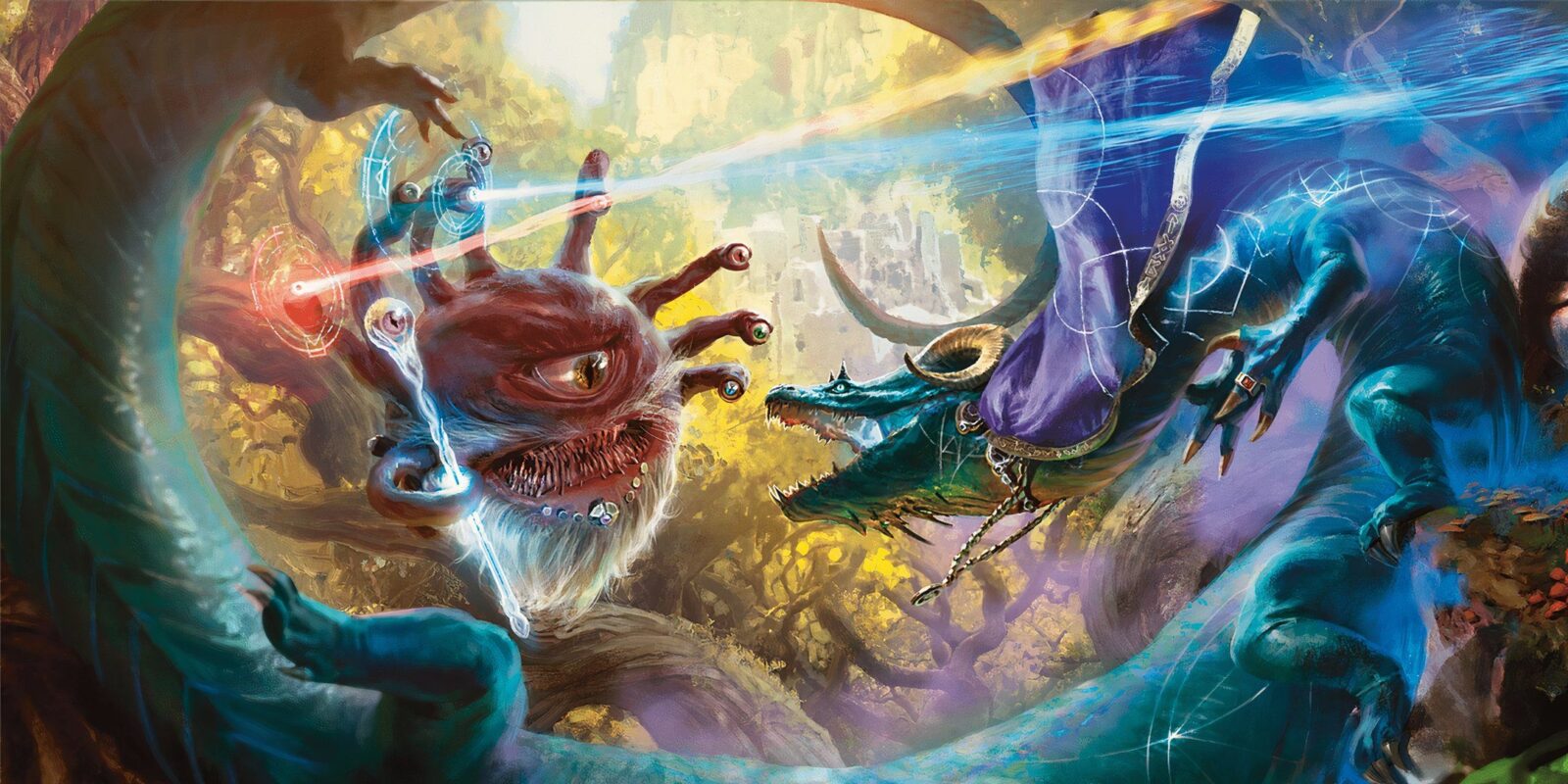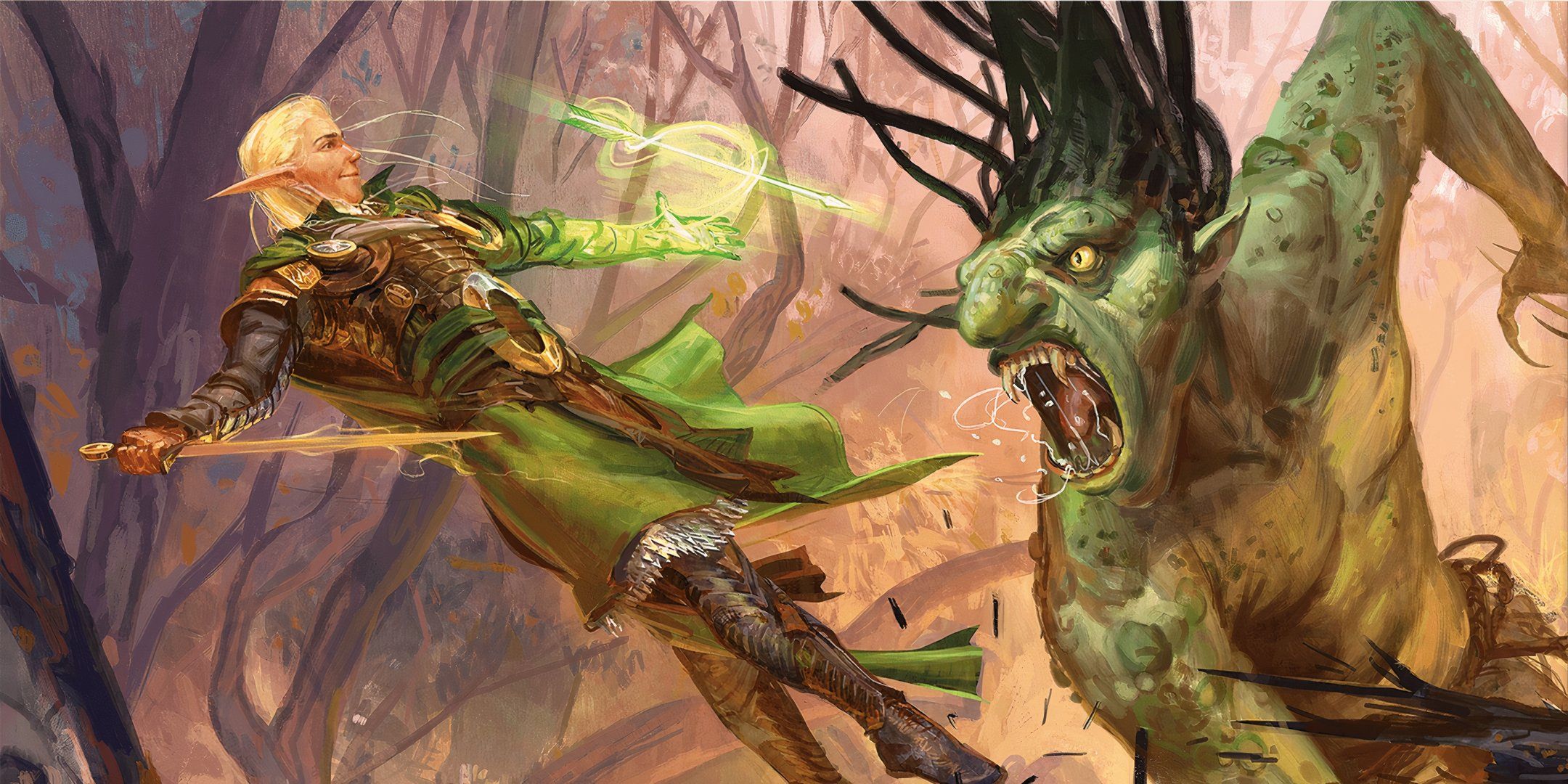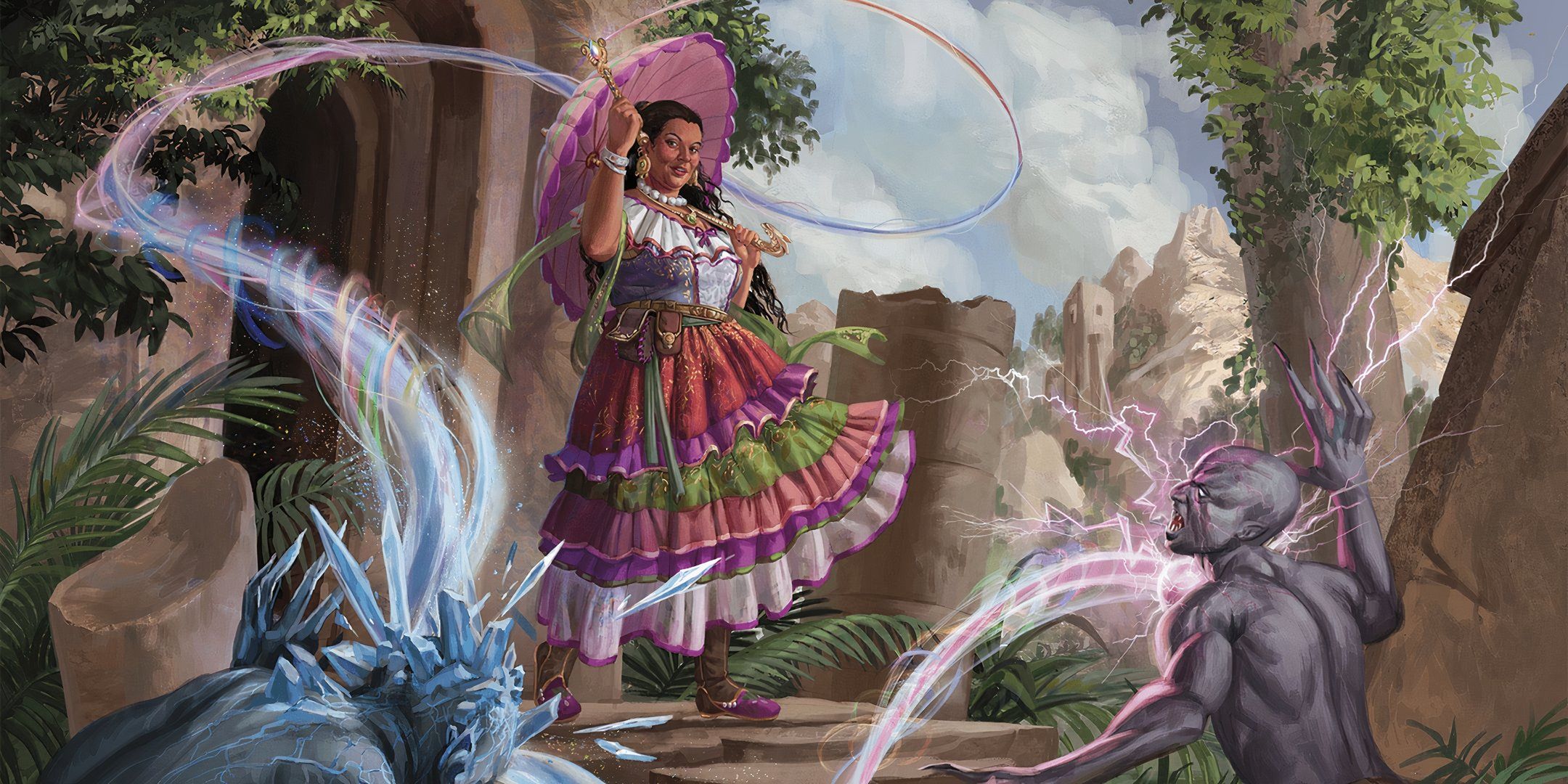Every single spell in Dungeons & Dragons has a tag describing the spell’s range and area of effect, if there is one. Understanding how these ranges and AoEs work is imperative to strategizing on the field of play, and might just make the difference between victory and defeat in particularly challenging combat encounters.

Related
Dungeons & Dragons: How Treasure Works In The 2025 Monster Manual
Every great monster hoards a pile of treasure. Here’s how to use treasure based on the 2025 Monster Manual.
But, if you’re a first time Dungeon Master or player, there’s a lot of nuances to understand when it comes to the ranges and areas of effect for spells. Here’s a comprehensive breakdown of everything you need to know to start casting spells at a range in your adventure.
How Range Works
Every single spell has a range tag in its description which describes how far a spell can be cast, as well as the point of origin from where the spell originates.
All in all, there are three different types of ranges you can see in a spell description.
- Distance – The range is described in feet, meaning the spell can be cast at a range.
- Touch – The spell can only be cast on something the caster can touch.
- Self – The spell can only be cast on the caster, and not on other creatures.
Spells with moveable effects aren’t restricted by their range unless the spell’s description notes otherwise.
Examples Of Range Spells
So, for example, if you’ve prepared a spell like Fireball, which has a range of 150 feet, it means that the spell can be cast outward from 150 feet from the spellcaster in any direction.
Conversely, a spell like Fire Shield, which has a range of Self, can only be cast on the spellcaster themselves, and not on any additional targets or at range.
If a spell does not have an Area of Effect, and is instead focused on a target, the target creature must not only be in range, but must not be behind Total Cover.
How Areas Of Effect Work
If a spell has an Area of Effect detailed in its description, that means that the spell’s effect can target multiple creatures, or anyone in the range of the Area of Effect.
Typically, Area of Effect spells warrant a saving throw of some kind from your enemies, so these spells are great if you know which saves your combatants have low stats for.
The Area of Effect of a spell is broken down into three components, which are listed below.
- Dimensions
- Shape
- Point of Origin
Every Area of Effect has certain dimensions, which include things like radius, height, length, width, or some combination of all, and a shape that dictates the type of area the spell covers.
In addition to shape and dimension, every spell has a point of origin that the Area of Effect starts at.
Keep in mind, many Area of Effect spells do not allow you to exclude your allies from their AoE, so make sure you’re paying attention and checking if your allies are in range of your spell.
While dimensions are relatively self-explanatory, shapes and points of origin can be more confusing. Here is a comprehensive breakdown of the different spell shapes and points of origin and what they look like.
While the above rules are relatively standard, every spell is different. Before casting a spell, make sure you read the spell’s full description carefully, as some spells have exceptions to the above rules.

Next
Dungeons & Dragons: The Schools Of Magic, Explained
Here’s everything you need to know about The Schools of Magic in Dungeons & Dragons.













Leave a Reply